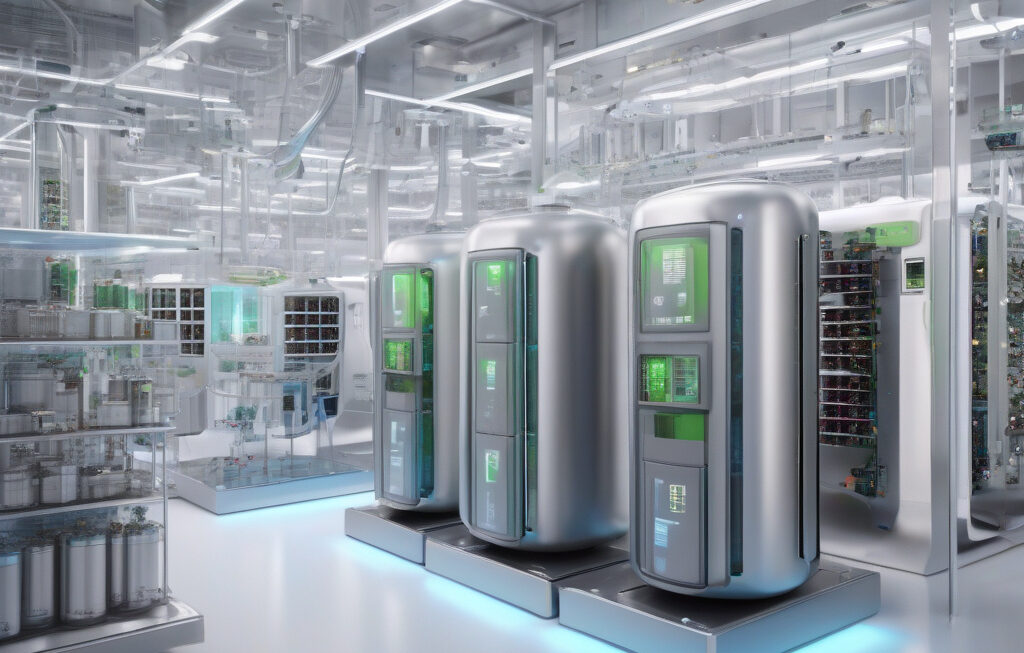AI Could Save Billions in Healthcare, Yet Adoption Remains Slow
Artificial intelligence (AI) has long been hailed as a revolutionary technology with the potential to transform various industries, including healthcare. The promise of AI in healthcare is immense – from improving patient outcomes and operational efficiency to reducing costs and enabling more personalized care. However, despite the clear benefits that AI can bring to the table, its adoption in hospitals has been sluggish. Bias, algorithm drift, and unclear regulations are key reasons why AI’s impact in healthcare remains limited.
One of the major challenges hindering the widespread adoption of AI in healthcare is bias. AI systems are only as good as the data they are trained on, and if that data is biased, the AI algorithms will perpetuate and even exacerbate those biases. For example, if an AI system is trained on historical patient data that reflects existing healthcare disparities, it may inadvertently perpetuate those disparities by providing biased recommendations for patient care. Addressing bias in AI algorithms is crucial to ensure that healthcare AI systems are fair and equitable for all patients.
Another issue that plagues the adoption of AI in healthcare is algorithm drift. Algorithm drift refers to the phenomenon where the performance of an AI algorithm deteriorates over time as the underlying data distribution changes. In the context of healthcare, algorithm drift can be particularly problematic as patient populations, treatments, and outcomes evolve. Hospitals must continuously monitor and update their AI algorithms to prevent algorithm drift and ensure that the AI system remains accurate and reliable.
Furthermore, unclear regulations surrounding the use of AI in healthcare present a significant barrier to adoption. Healthcare is a highly regulated industry, with strict guidelines governing patient privacy, data security, and medical decision-making. The lack of clear regulatory frameworks for AI in healthcare has made hospitals hesitant to fully embrace AI technologies for fear of running afoul of compliance requirements. Clear and transparent regulations that provide guidance on the appropriate use of AI in healthcare are essential to drive adoption and enable hospitals to harness the full potential of AI.
Despite these challenges, there are some promising examples of how AI is being successfully deployed in healthcare settings. For instance, AI-powered diagnostic tools have shown great promise in improving the accuracy and speed of disease detection, leading to better patient outcomes. AI-driven predictive analytics are also being used to identify high-risk patients and intervene proactively to prevent adverse events, ultimately saving lives and reducing healthcare costs. Additionally, AI-enabled robotic surgery systems are revolutionizing the field of surgery by enhancing precision and reducing recovery times.
In conclusion, while the potential benefits of AI in healthcare are vast, the slow adoption of AI in hospitals can be attributed to issues such as bias, algorithm drift, and unclear regulations. Addressing these challenges is crucial to unlocking the full potential of AI and realizing the billions of dollars in savings that AI could bring to the healthcare industry. By mitigating bias, monitoring for algorithm drift, and establishing clear regulatory frameworks, hospitals can overcome these barriers and harness the transformative power of AI to improve patient care and drive operational efficiency.
healthcare, AI, adoption, bias, regulations











